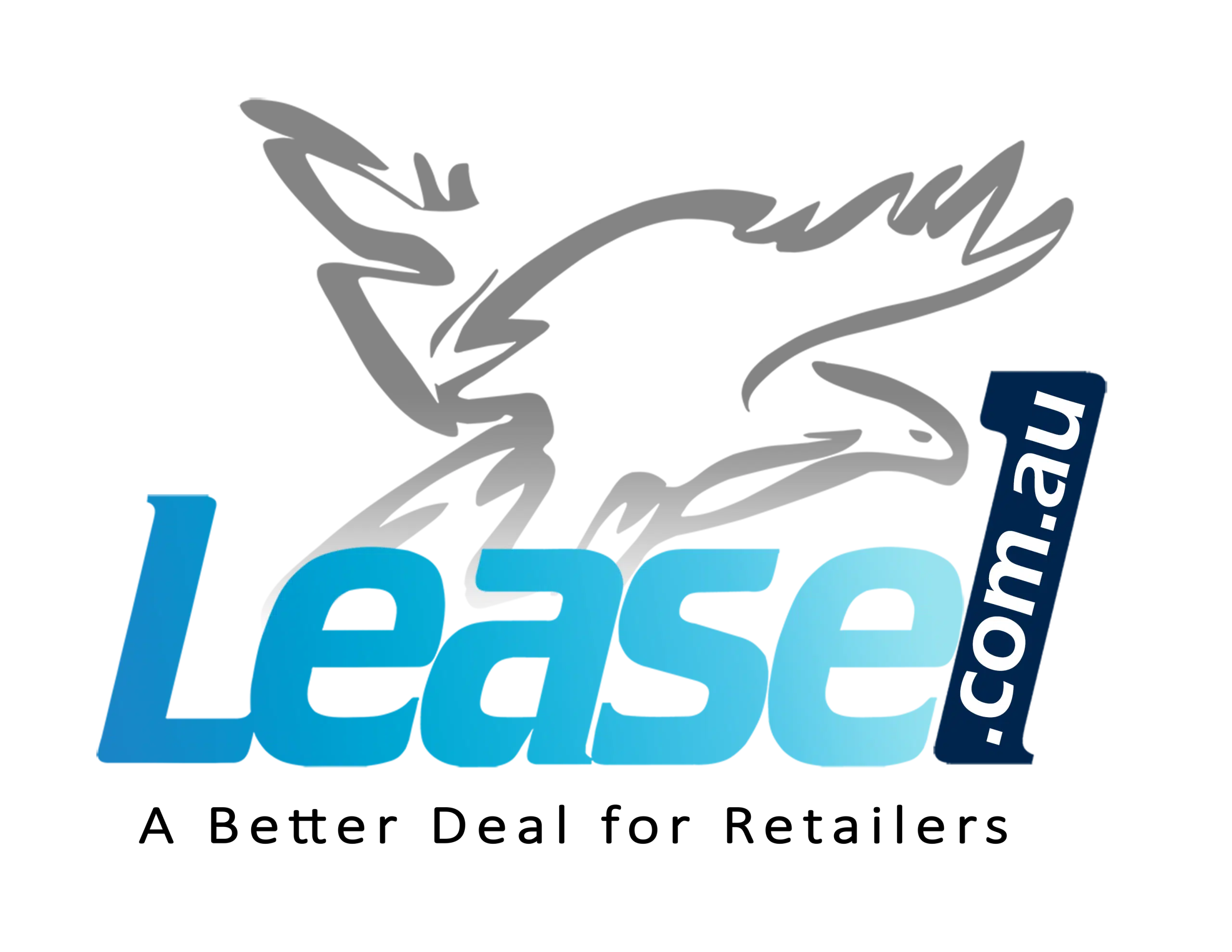As a retail business owner seeking to secure a good deal on your lease, the better informed you are, the more empowered you will be in negotiations with the landlord.
In considering the best way to deal with your landlord, it is clear that information is key. Even before entering negotiations, there are a number of important elements that must be taken into consideration.
1. Frame the conversation
Open the dialogue around the real and direct impact being felt in retail community due to market forces and trends. Be prepared to state that the current and financial impacts are significant, and in all likelihood you will be required to share reports to substantiate your claim/s.
The opening line to your landlord may be as simple as, “We need to discuss the future viability and changes that will be needed for my retail business to react and manage this risk in order to remain viable now and in the future.”
2. Introduce other partners in your supply chain
Be prepared to include your wholesaler, brand managers and/or franchisors into the conversation when discussing possible solutions with your landlord.
Don’t be surprised if your landlord seeks to identify the level of financial assistance your brand/franchisor is providing. There will be an expectation that the landlord is not the only one involved in sharing the risk and effects of the outcome of lease negotiations.
3. Record, document, follow up and deliver
It goes without saying, but you need to take notes, keep an accurate document trail and set effective follow-ups from any meeting you have with your landlord. A handy tip is to email/write to the landlord after each meeting confirming the points and views discussed. This will remove any doubt between each of the parties. It would come as little surprise that the major cause of disputes is due to parties not having a thorough record of the discussions held.
Documentation of all your discussions is key — and be warned, if you don’t write them down, you won’t be able to prove at a later date that something was actually done, agreed or conceded.
4. Keep the dialogue flowing
As part of your ongoing lease management, you should conduct a quarterly review of your benchmarks for occupancy cost and turnover per square metre to ensure the processes you adopt to increase sales and manage lease costs are delivering improvements. If not, you will need to review with your landlord in order to explore other options for improvements in your retail store to build resilience for your business.
5. Be clear on what you want to achieve
Go into discussions with your landlord with a clear picture of what outcome you are realistically seeking to achieve. Possible outcomes to consider include (but are not limited to): • reducing your lettable area • reducing your rental or occupancy costs • seeking a waiver of a rent review (or series of rent reviews) • reducing an annual rent review • seeking to have rent waived for early payment • seeking to have rebranding (or other such works like new signage) paid for by the landlord • relocating the business • renewing the lease early to value-add the landlord’s investment in lieu of a rent reduction
6. Do not be afraid to ask for changes in the lease agreement
Be very wary if, after you have settled on the business terms, the landlord or their representative presents you with the “execution copies” of the lease and asks you to sign them. When negotiating a lease, you should keep in mind that there are no set terms in a lease. That means, just like the amount of rent to be charged, everything is negotiable, provided the issues are raised early in the negotiation phase.

